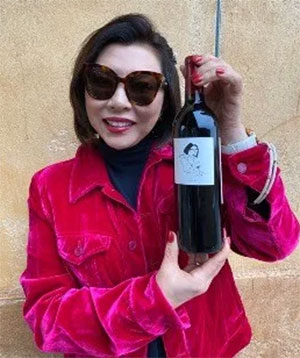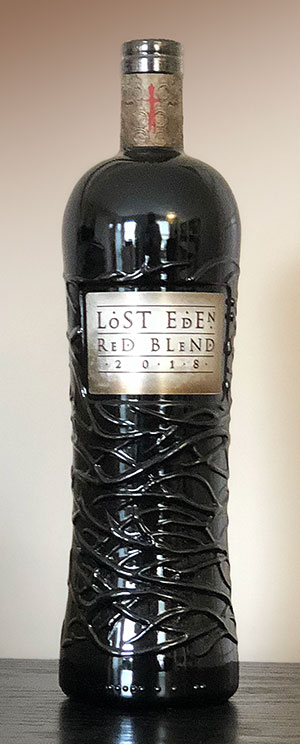
Lost Eden Red Blend
This selection is from Georgia the country, in the Caucasus region of Eurasia. Specifically, Lost Eden is produced at the Vaziani Winery, located in Telavi, Georgia
Little known to most Americans, Georgia is one of the oldest wine regions in the world. The fertile valleys and protective slopes of the Transcaucasia, which spans the southern portion of the Caucasus Mountains and their lowlands, straddles the border between the continents of Europe and Asia. Here grapevine cultivation and neolithic wine production began at least 8000 years ago. The very word “wine” is believed to have been derived from the ancient Georgian word “Gvino” which means something that “rises, boils or ferments.” Due to these many millennia of wine history in Georgia, and its prominent economic role, the traditions of wine are considered entwined with and inseparable from the national identity.
When Christianity and the Eucharist came to Georgia in the 4th century AD, wine gained further importance in the nation’s culture. According to tradition, Saint Nino, who preached Christianity in Kartli, bore a cross made from vine wood. Another old legend tells of how soldiers prepared for battle by weaving a piece of grapevine into the breastplate of their armor. If they fell in battle, a vine would rise not just from their bodies but from their very hearts.
In 1950, vineyards in Georgia occupied 143,000 acres, but in 1985 that had grown to 316,000 acres, primarily due to increasing demand in what was then the USSR. However, following the dissolution of that alliance and the end of the Cold War, the relationship between Georgia and Russia has often been rocky, if not outright hostile (including a war with Russia in 2008), and production saw a subsequent decline. Even so, a recent trade agreement with the European Union has brought renewed optimism to Georgian producers.
According to the Ministry of Agriculture, in 2009 Georgia exported about .9 million cases of wine to 45 countries. By 2019, production and exports had increased significantly, with total exports of 7.8 million cases to 53 countries. During those ten years, exports to the US, although still modest, increased 48%, to 56,512 cases. The wine is produced by thousands of small farmers (using primarily traditional techniques of winemaking), as well as some monasteries and modern wineries. In 2006 there were roughly 80 registered wineries, but by 2018, the number had ballooned to 961.
Growing conditions
Extremes of weather in Georgia are unusual: summers tend to be mild and sunny, and winters frost-free. Natural springs abound, and the many streams of the Caucasian Mountains drain mineral-rich water into the valleys. The moist, moderate climate, influenced by the Black Sea, provides excellent conditions for vine cultivating. In many regions of the country the grapevines are trained to grow up the trunks of fruit trees in terraced orchards, a method of cultivation called maglari.
Georgian grape varieties
Perhaps not surprisingly, traditional Georgian grape varieties have been little known in the New World. However, with increasing international awareness of the wines of Eastern and Central Europe, grapes from this region are gaining a higher profile. Although somewhere between 400 and 500 exist, only 38 varieties are officially grown for commercial viticulture, in 21 distinct wine-producing regions (a.k.a. PDO – Protected Designation of Origin).
Traditionally, much like French regional wines such as Bordeaux or Burgundy, Georgian wines carry the name of the source region, district, or village. They are usually a blend of two or more grapes, and are classified as sweet, semi-sweet, semi-dry, dry, fortified, and sparkling. The semi-sweet varieties are the most popular in the domestic market.
The Winemaker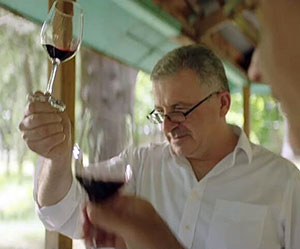
Lost Eden Saperavi Red Blend 2018
Lost Eden is a new product, launched in September of 2020. The producer states, “In partnership with the Georgian Ministry of Agriculture and Partnership Fund, Lost Eden was crafted to build ties with the West and forever pivot Georgia, the birthplace of wine, away from Russian dominance.”
“The Georgian people have suffered many years of Russian oppression and a number of crippling embargoes that have negatively impacted both our current wine industry and our 8,000 year winemaking tradition. To break free from Russia’s grasp, we partnered with an incredible team to create Lost Eden for the United States wine market. This visionary wine project will not only introduce Americans to an exquisite Georgian wine, but also will help us build back a strong, free wine market in Georgia,” said Irakli Cholobargia, of the National Wine Agency, Ministry of Environmental Protection and Agriculture of Georgia.
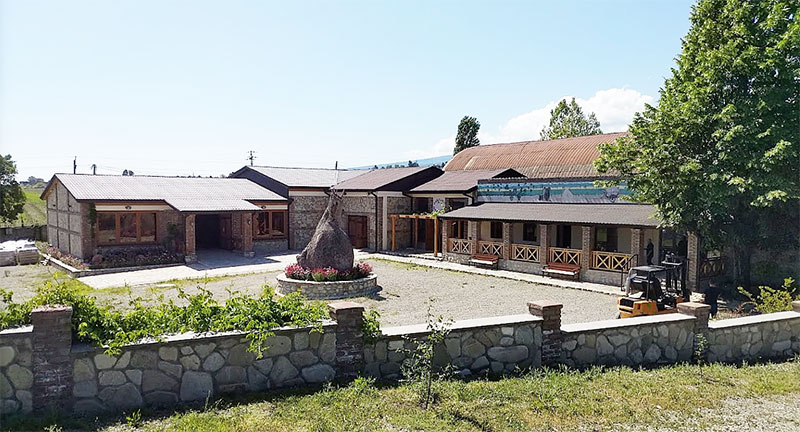
Lost Eden harvests grapes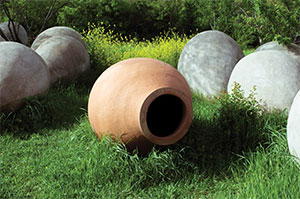
from arguably the oldest vines on earth. They use the ancient clay pots called qvevris (pronounced kwevr-ees for fermentation and aging. They are always buried in the ground, and are usually coated on the inside with beeswax, a natural sealant designed to keep undesirable bacteria from seeping through the walls.
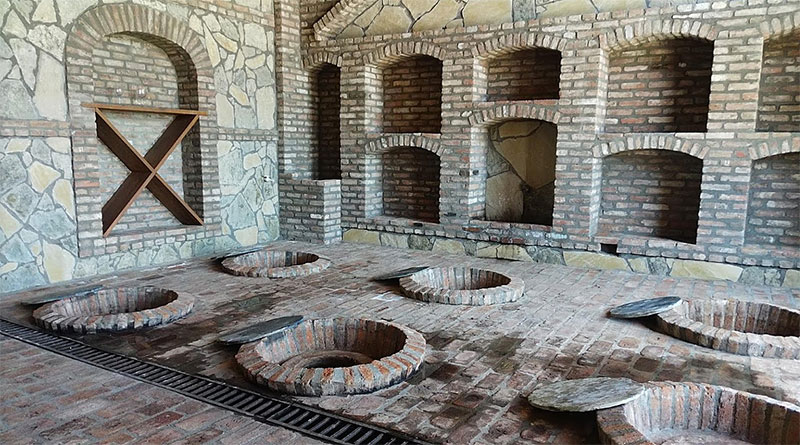
Saperavi, grown in some areas of the Kakheti region, is one of Georgia’s most important indigenous varietals. It produces substantial, deep-red wines that are suitable for extended aging of up to fifty years. It has the potential to produce high alcohol levels, and is used extensively for blending with other, lesser varieties.
The bottle of this unoaked blend features a glass stopper, which is rather stubborn to remove, instead of a cork, and the “veins” molded into it invoke the maglari cultivation method. Although 100% Saperavi, it is considered a blend because a portion of the wine came from the traditional qvevris and a portion from stainless steel. And, grapes were sourced from several vineyards.
Lost Eden pours a crystal-clear ruby in the glass. The nose offers light to medium aromas of red and black cherries and mulberries. These continue on the smooth palate, joined by cassis and some cocoa. This is a semi-dry wine, with moderate but pleasant acidity, low tannins, and a somewhat short finish. ABV is 13%, and 4,500 cases were made.
Back to blog posts: winervana.com/blog/

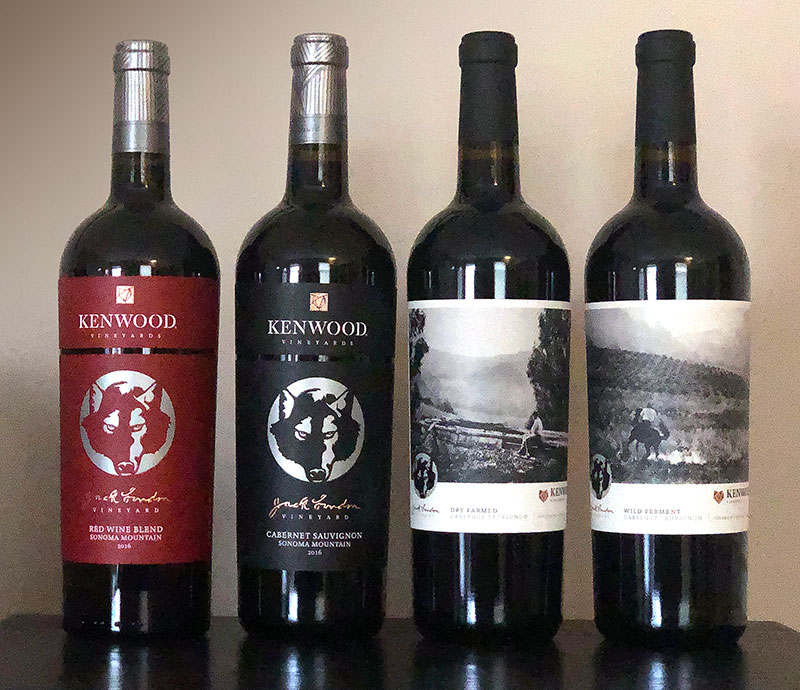
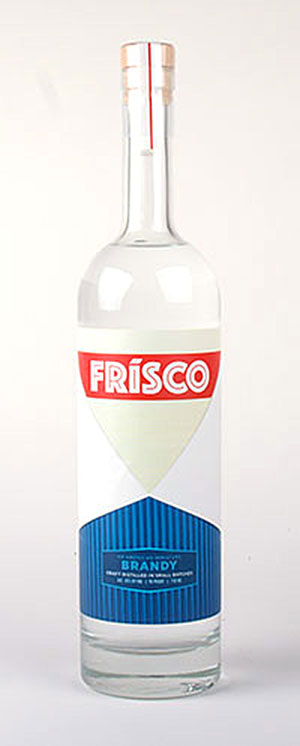
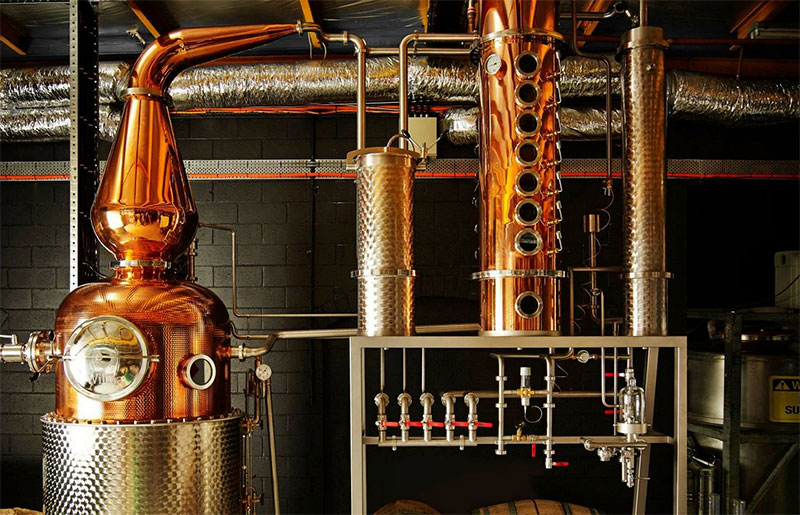

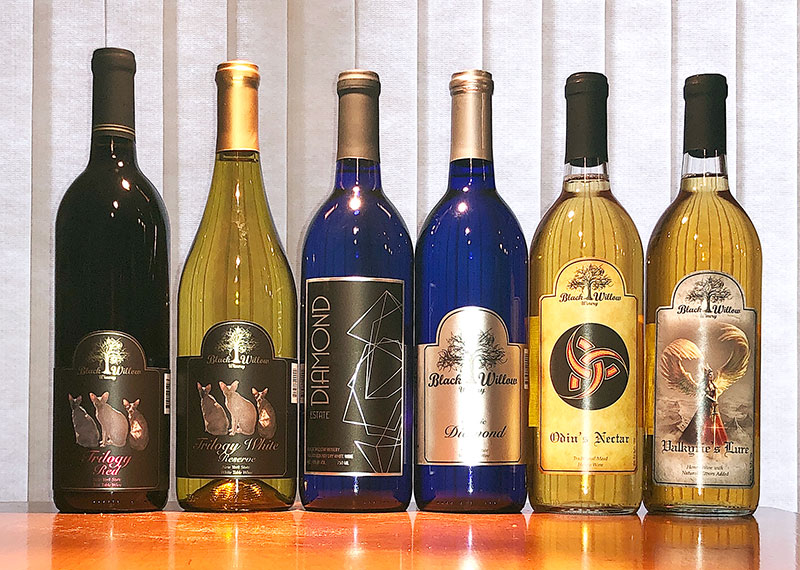
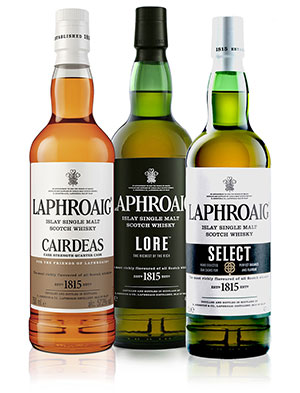 Laphroaig Scotch
Laphroaig Scotch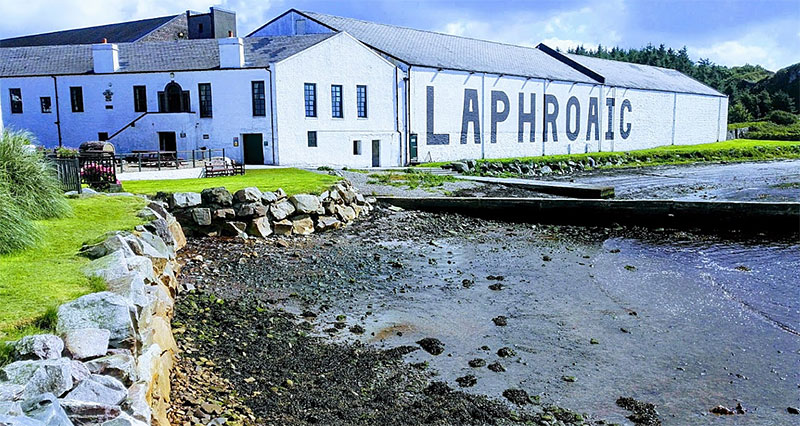
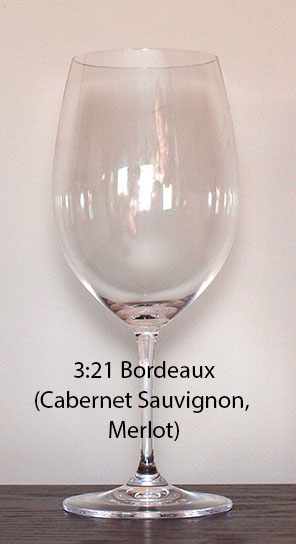
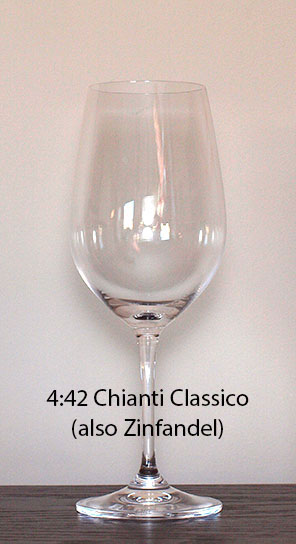
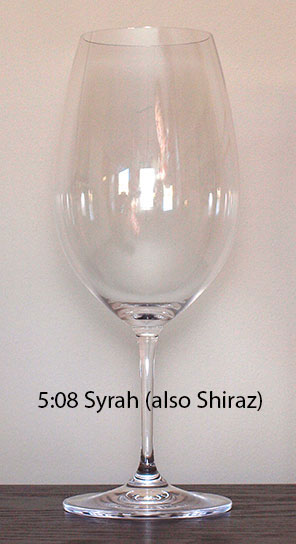
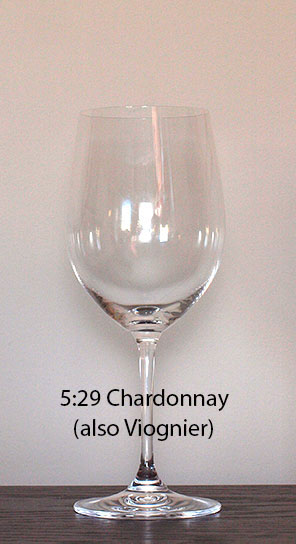
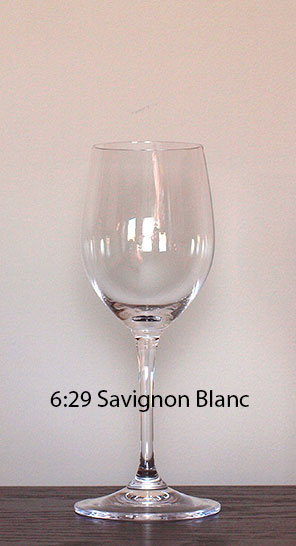
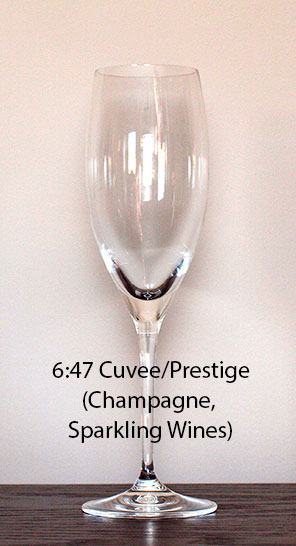
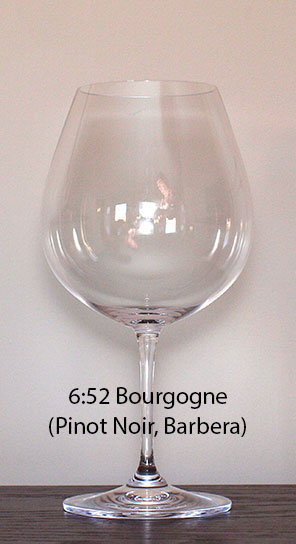
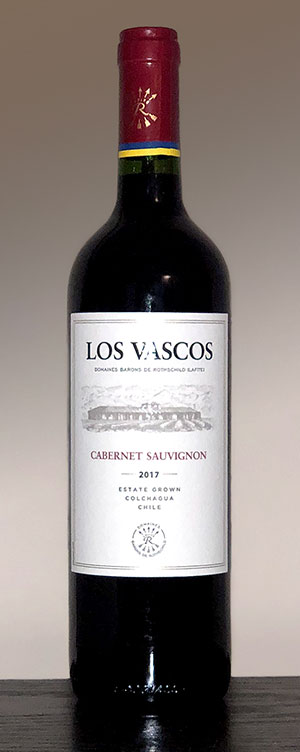
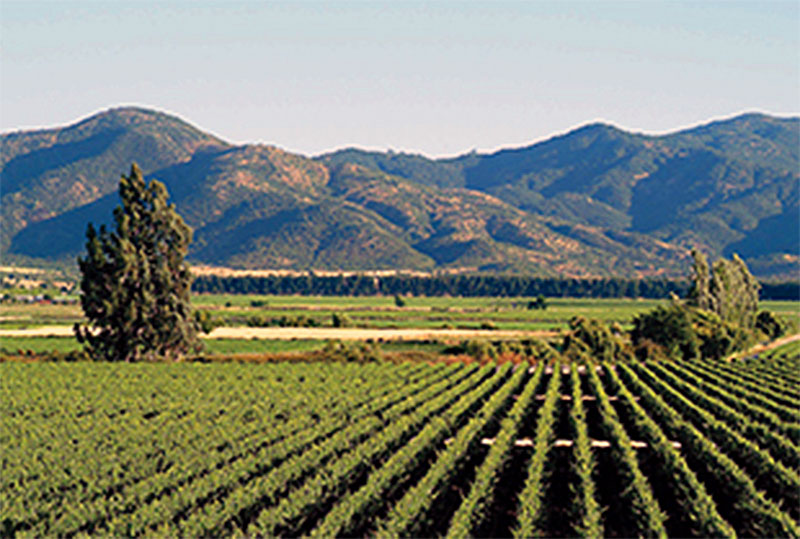 Having by now been expanded to 1,580 acres [640 hectares], the vineyard is one of the largest vineyards in the central
Having by now been expanded to 1,580 acres [640 hectares], the vineyard is one of the largest vineyards in the central 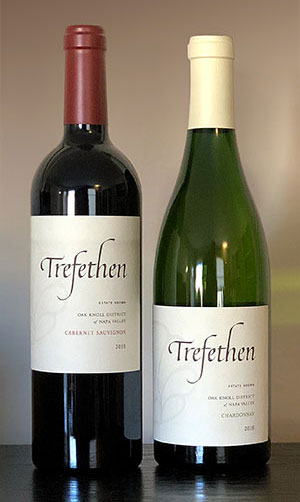
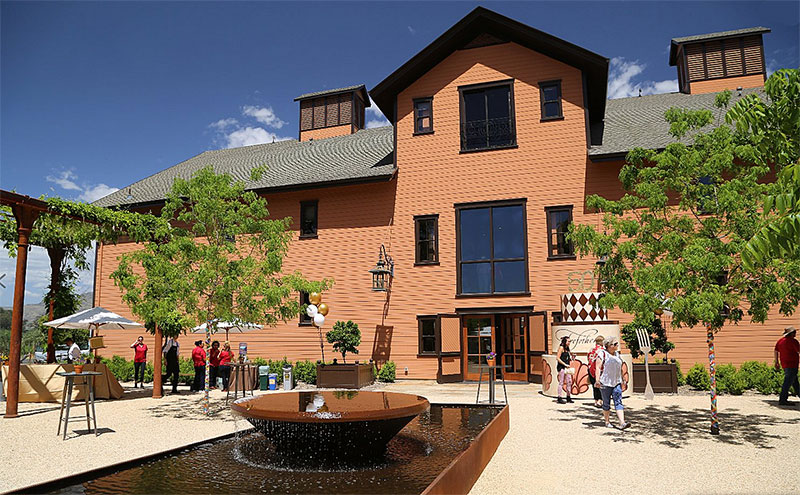
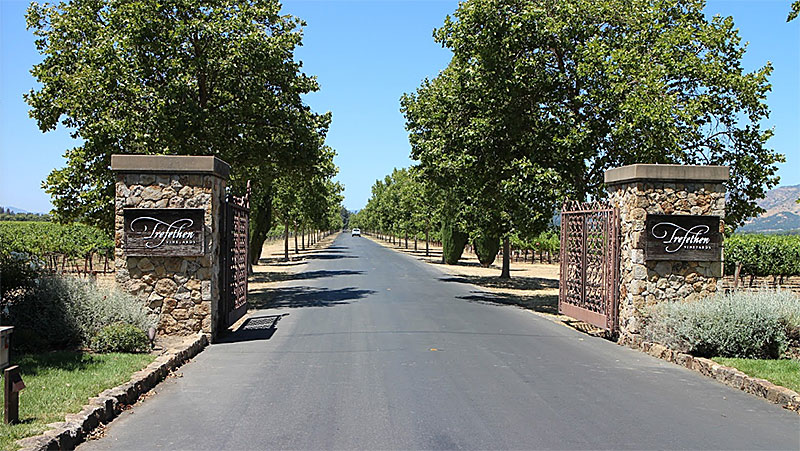
 beginning. Katie had originally used it on signage in her garden areas, and the winery put it on the bottle capsules from very early on. It was long referred to as the “Welsh Flower,” thinking that Katie had tapped into her Welsh heritage. But later research couldn’t find any Welsh history for the mark, so its origins remain a mystery, and it is now just called the “Trefethen Flower” instead.
beginning. Katie had originally used it on signage in her garden areas, and the winery put it on the bottle capsules from very early on. It was long referred to as the “Welsh Flower,” thinking that Katie had tapped into her Welsh heritage. But later research couldn’t find any Welsh history for the mark, so its origins remain a mystery, and it is now just called the “Trefethen Flower” instead.
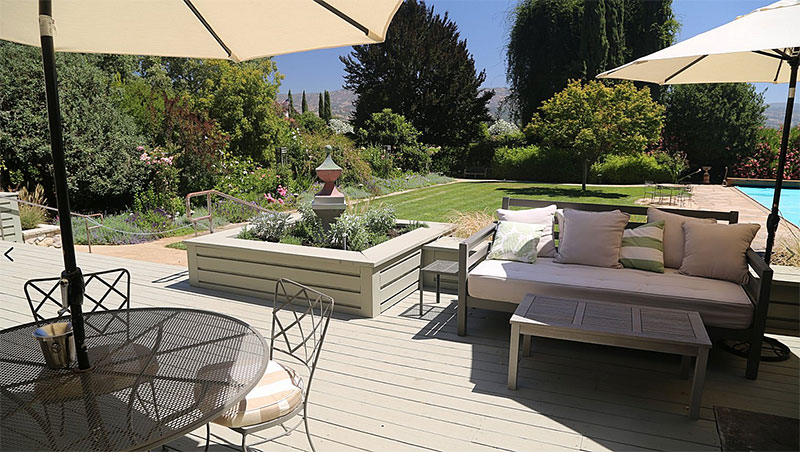
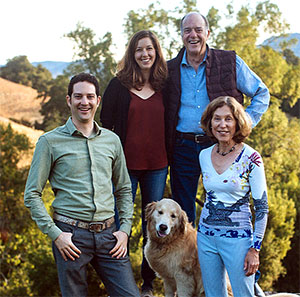 largely stepped back from day-to-day oversight, and the third generation of the family is now deeply involved in the operation. Son Lorenzo focuses on sales and marketing, and daughter Hailey on vineyards and employees.
largely stepped back from day-to-day oversight, and the third generation of the family is now deeply involved in the operation. Son Lorenzo focuses on sales and marketing, and daughter Hailey on vineyards and employees.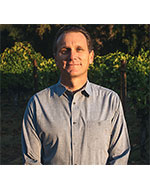 but steadily increased his involvement over the years that have followed. He is now fully responsible for all aspects of the company’s operations and strategy, and was named named CEO in 2015. He had this to say about Trefethen, ““As a true estate winery, we have the unique opportunity to bring integrity to every step of the process, from the soil to the table. My entire focus these days is on cultivating this extended family – and when we succeed, you can not only taste it in the wine, you can feel it.”
but steadily increased his involvement over the years that have followed. He is now fully responsible for all aspects of the company’s operations and strategy, and was named named CEO in 2015. He had this to say about Trefethen, ““As a true estate winery, we have the unique opportunity to bring integrity to every step of the process, from the soil to the table. My entire focus these days is on cultivating this extended family – and when we succeed, you can not only taste it in the wine, you can feel it.”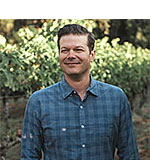
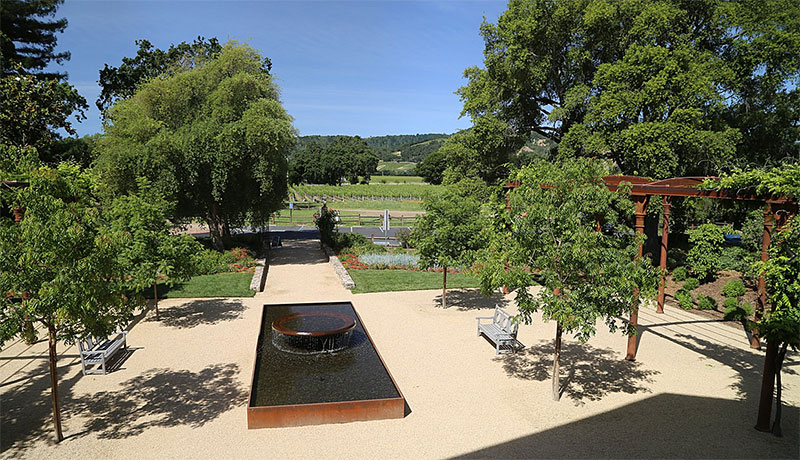
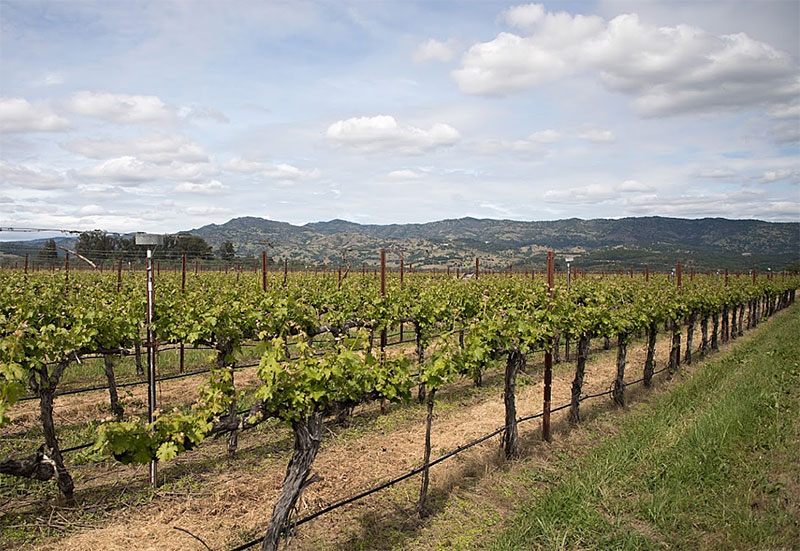
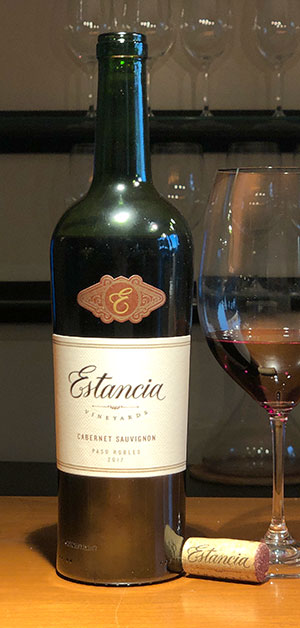
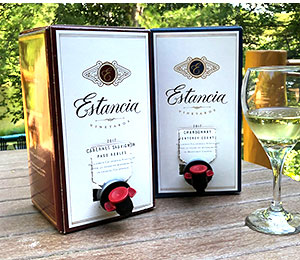 delicious and reliable. And I buy it by the case; the most recent one cost $84. Yep, that’s $7 a bottle, folks. Although harder to find, it’s available in a four-bottle-equivalent box for about $30 as well.
delicious and reliable. And I buy it by the case; the most recent one cost $84. Yep, that’s $7 a bottle, folks. Although harder to find, it’s available in a four-bottle-equivalent box for about $30 as well.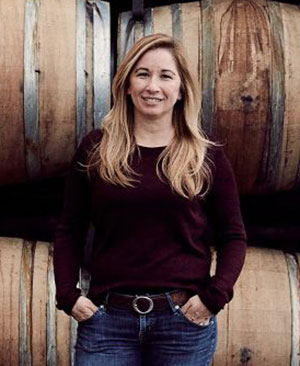
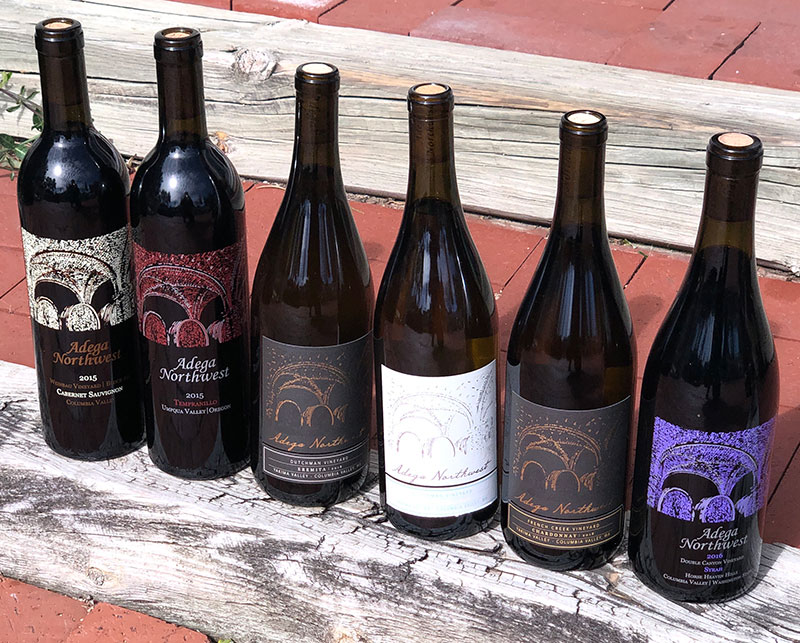
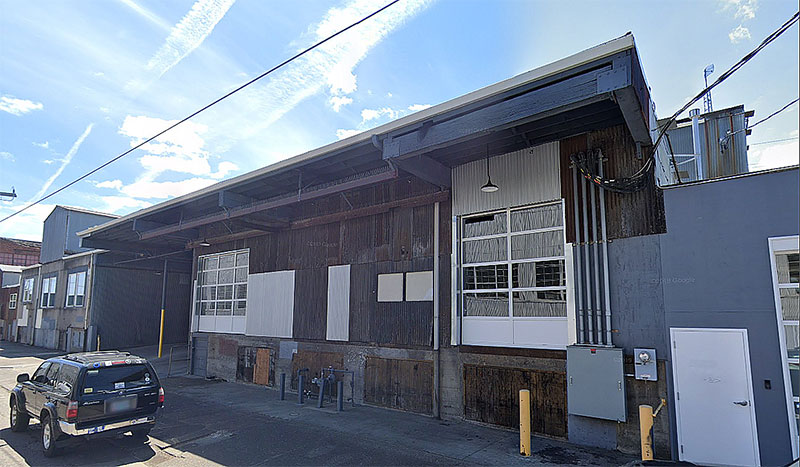
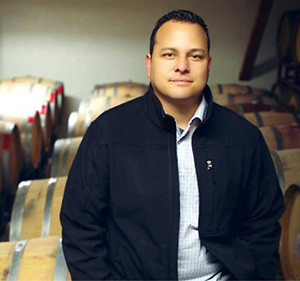
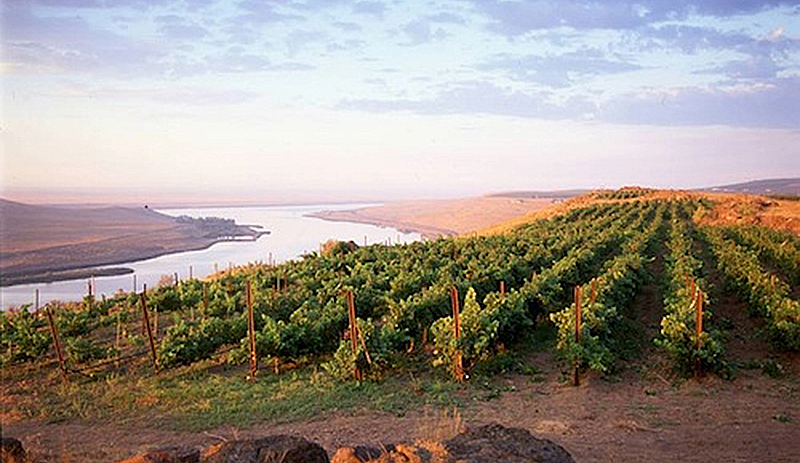 This 267-acre site, the only one actually owned by Adega, is located high on the bluffs overlooking the Columbia River, in the Horse Heaven Hills
This 267-acre site, the only one actually owned by Adega, is located high on the bluffs overlooking the Columbia River, in the Horse Heaven Hills 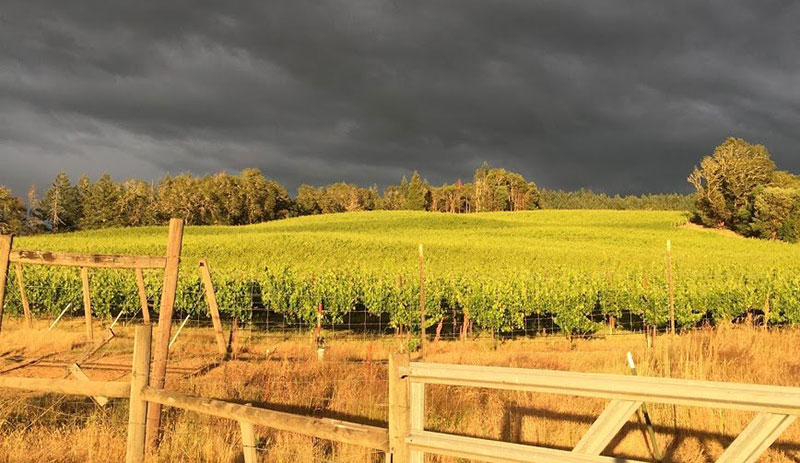
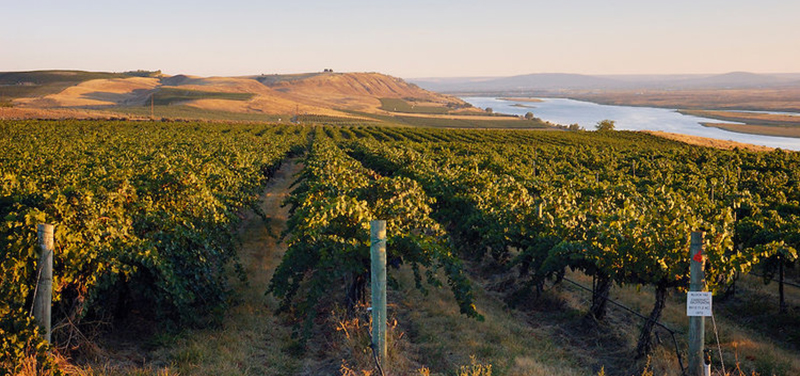 Located between Yakima Valley and the Columbia River, the 90-acre Double Canyon Vineyard has a dry desert landscape. The weather is influenced by close proximity to the Columbia River, which creates sweeping winds and other distinctive weather patterns that protect the vines from extreme temperatures, fungal disease, and pests. The soil is sandy, quick-draining loam. The vineyard is planted primarily to Bordeaux varietals and Syrah.
Located between Yakima Valley and the Columbia River, the 90-acre Double Canyon Vineyard has a dry desert landscape. The weather is influenced by close proximity to the Columbia River, which creates sweeping winds and other distinctive weather patterns that protect the vines from extreme temperatures, fungal disease, and pests. The soil is sandy, quick-draining loam. The vineyard is planted primarily to Bordeaux varietals and Syrah.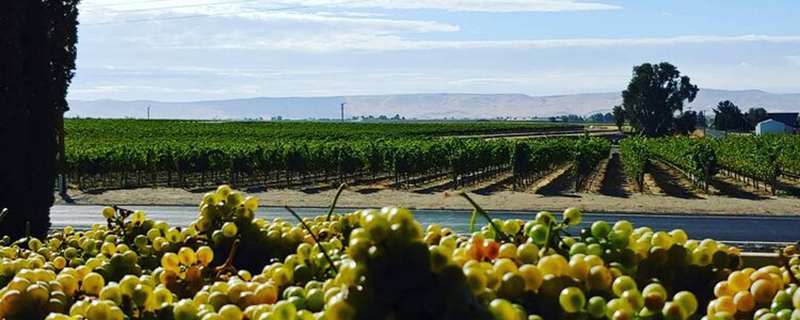 Dutchman Vineyard was planted in 1991. It is located in a very cool region in the Yakima Valley. Adega Northwest has been sourcing Alvarinho, Marsanne, Roussanne, and Riesling from here since 2017.
Dutchman Vineyard was planted in 1991. It is located in a very cool region in the Yakima Valley. Adega Northwest has been sourcing Alvarinho, Marsanne, Roussanne, and Riesling from here since 2017.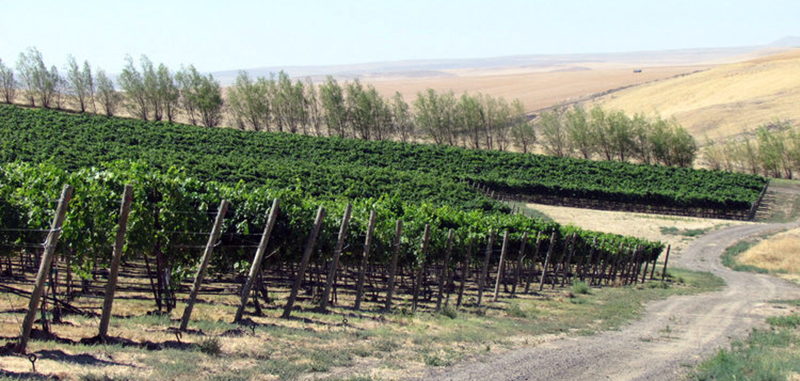
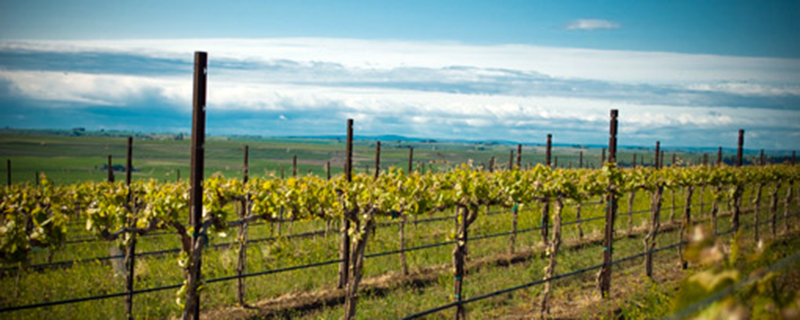 Planted by brothers Bob and Roger Gamache in 1980, this 180-acre vineyard sits up on the white bluffs overlooking Basin City to the east in the Columbia Valley AVA. The soil is primarily Warden sandy loam, with a little Kennewick sandy loam, as well as, in the northern part of the site, caliche (a hardened natural cement of calcium carbonate) about 12 inches down. The property is planted to Riesling, Chardonnay, Roussanne, Viognier, Sauvignon Blanc, Pinot Gris, Cabernet Sauvignon, Merlot, Cabernet Franc, Syrah, and Malbec.
Planted by brothers Bob and Roger Gamache in 1980, this 180-acre vineyard sits up on the white bluffs overlooking Basin City to the east in the Columbia Valley AVA. The soil is primarily Warden sandy loam, with a little Kennewick sandy loam, as well as, in the northern part of the site, caliche (a hardened natural cement of calcium carbonate) about 12 inches down. The property is planted to Riesling, Chardonnay, Roussanne, Viognier, Sauvignon Blanc, Pinot Gris, Cabernet Sauvignon, Merlot, Cabernet Franc, Syrah, and Malbec.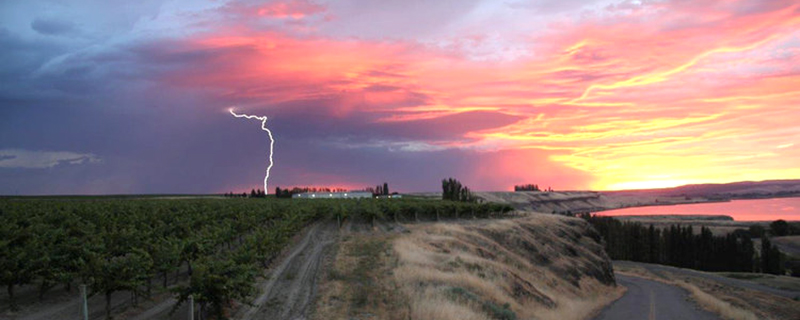 Established in the mid-1980s by Jeff Gordon of
Established in the mid-1980s by Jeff Gordon of 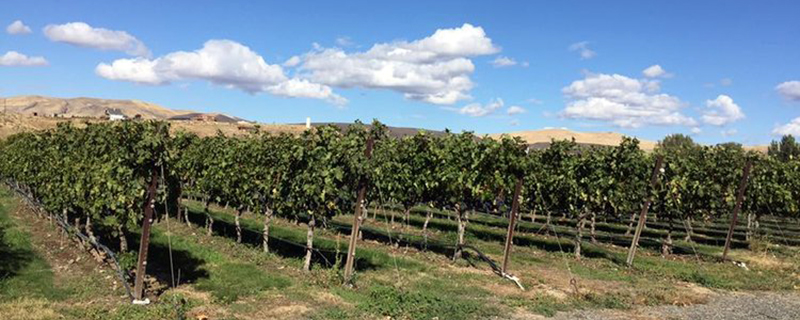 This is the estate vineyard of
This is the estate vineyard of 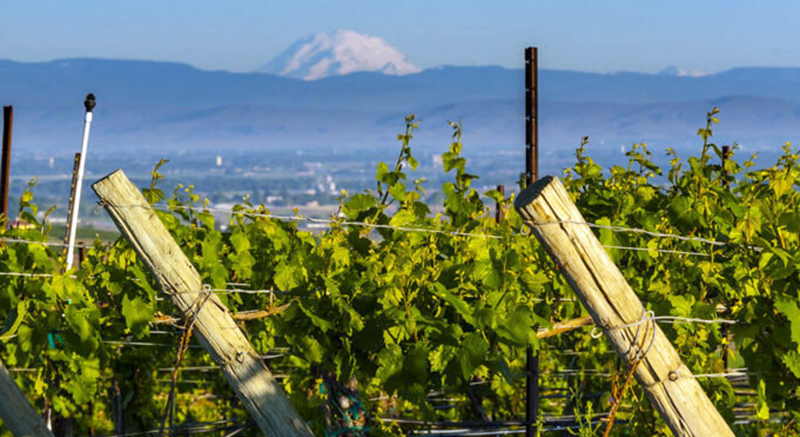 Farming wine grapes since 1968, four generations of the Newhouse family have helped maintain the Upland legacy, which started over 100 years ago. Originally planted by William B. Bridgman in 1917, Snipes Mountain is widely considered the birth place of Washington wine. Today that original vineyard is still bearing fruit, and the vines’ longevity is a testament to the favorable weather conditions there. With an elevation that ranges from 750 to 1300 feet, the fecund Upland is able to grow over 35 varieties of wine grapes. (To be clear, Upland is in Washington, and on Snipes Mountain, but the snow-covered promontory in the background is Oregon’s Mt. Hood, seen looking to the southwest.)
Farming wine grapes since 1968, four generations of the Newhouse family have helped maintain the Upland legacy, which started over 100 years ago. Originally planted by William B. Bridgman in 1917, Snipes Mountain is widely considered the birth place of Washington wine. Today that original vineyard is still bearing fruit, and the vines’ longevity is a testament to the favorable weather conditions there. With an elevation that ranges from 750 to 1300 feet, the fecund Upland is able to grow over 35 varieties of wine grapes. (To be clear, Upland is in Washington, and on Snipes Mountain, but the snow-covered promontory in the background is Oregon’s Mt. Hood, seen looking to the southwest.)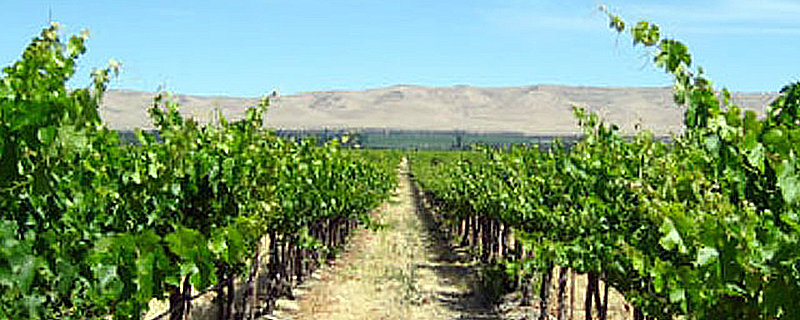 With views of the Rattlesnake Mountains to the south and the Saddle Mountains to the north, Weinbau Vineyard slopes gently south, with elevations ranging from 710 to 950 feet. It is a relatively warm site, with excellent air drainage, and the soil is dominated by Kennewick silt loam. This 460-acre property was originally planted to Riesling, Chardonnay, and Gewurztraminer in 1981. Cabernet Sauvignon, Syrah, Malbec, Mourvedre, Merlot, Carmenere, Grenache, and Cabernet Franc were added in subsequent years.
With views of the Rattlesnake Mountains to the south and the Saddle Mountains to the north, Weinbau Vineyard slopes gently south, with elevations ranging from 710 to 950 feet. It is a relatively warm site, with excellent air drainage, and the soil is dominated by Kennewick silt loam. This 460-acre property was originally planted to Riesling, Chardonnay, and Gewurztraminer in 1981. Cabernet Sauvignon, Syrah, Malbec, Mourvedre, Merlot, Carmenere, Grenache, and Cabernet Franc were added in subsequent years.
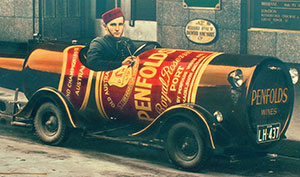
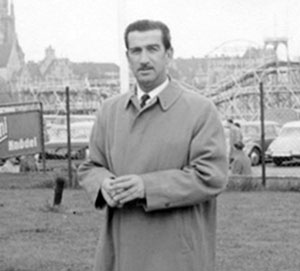
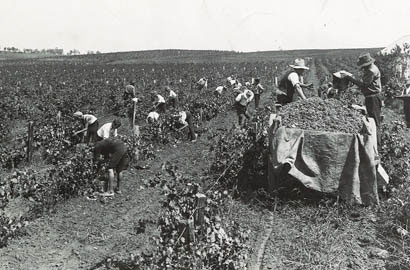
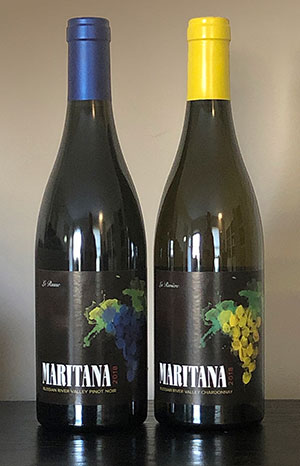
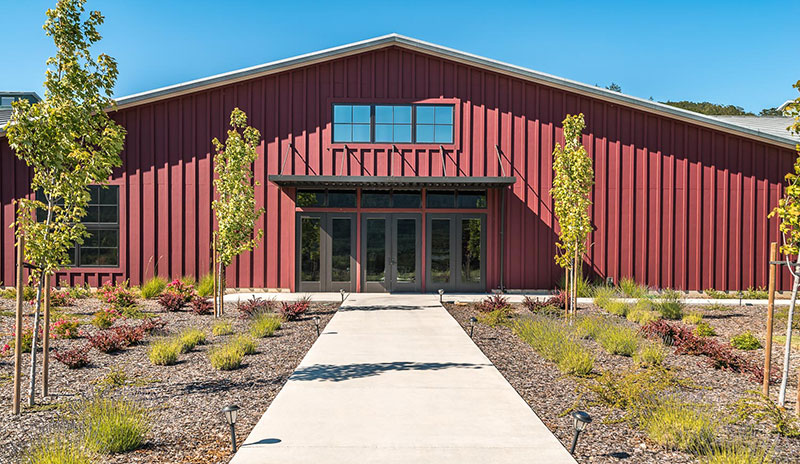 Since Maritana is a small, personal project, Patz needed to find a production partner. A fortuitous lunch with Adam Lee of
Since Maritana is a small, personal project, Patz needed to find a production partner. A fortuitous lunch with Adam Lee of 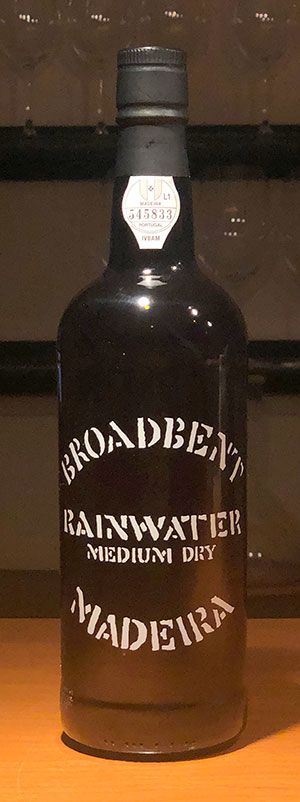
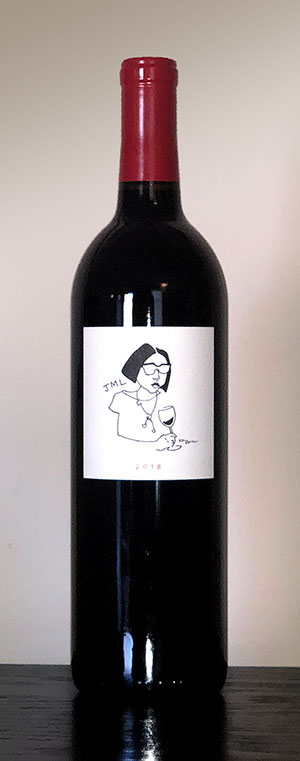
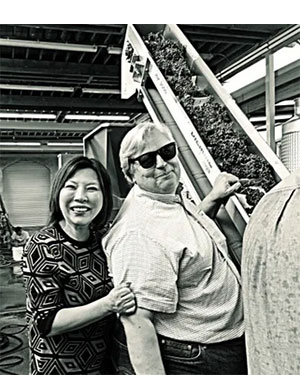 Patz left Patz & Hall in 2017 to establish the Donald Patz Wine Group with his wife and business partner Jung Min Lee. The project oversees three distinct labels:
Patz left Patz & Hall in 2017 to establish the Donald Patz Wine Group with his wife and business partner Jung Min Lee. The project oversees three distinct labels: 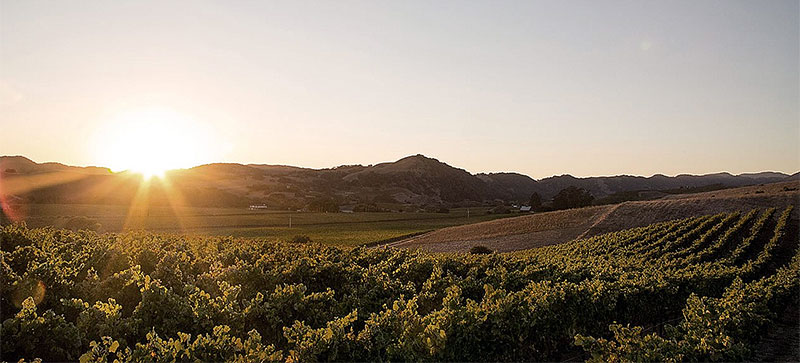
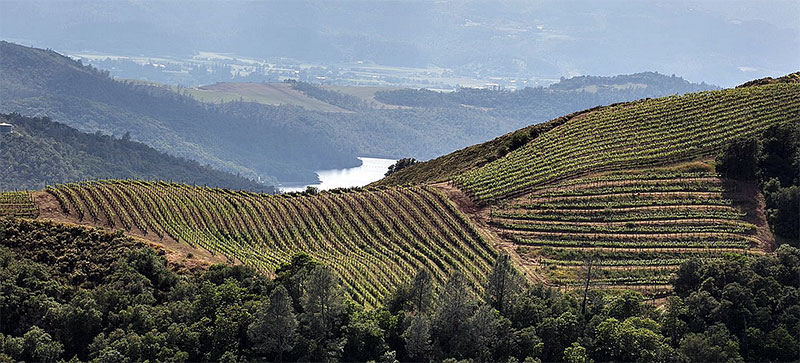 This vineyard is perched high on the hills above Lake Hennessey to the east of St. Helena. It was planted in 1998. The land here is a unique mixture of well- to excessively-drained sedimentary and metamorphic soils underlain by a bedrock of Franciscan complex. Silty clay loams with varying depths, mixtures of gravels, and fractured rock undulate among the steep slopes. The vineyard is a series of small plots that run along the ridge lines, and is owned by Judy Jordan of
This vineyard is perched high on the hills above Lake Hennessey to the east of St. Helena. It was planted in 1998. The land here is a unique mixture of well- to excessively-drained sedimentary and metamorphic soils underlain by a bedrock of Franciscan complex. Silty clay loams with varying depths, mixtures of gravels, and fractured rock undulate among the steep slopes. The vineyard is a series of small plots that run along the ridge lines, and is owned by Judy Jordan of 